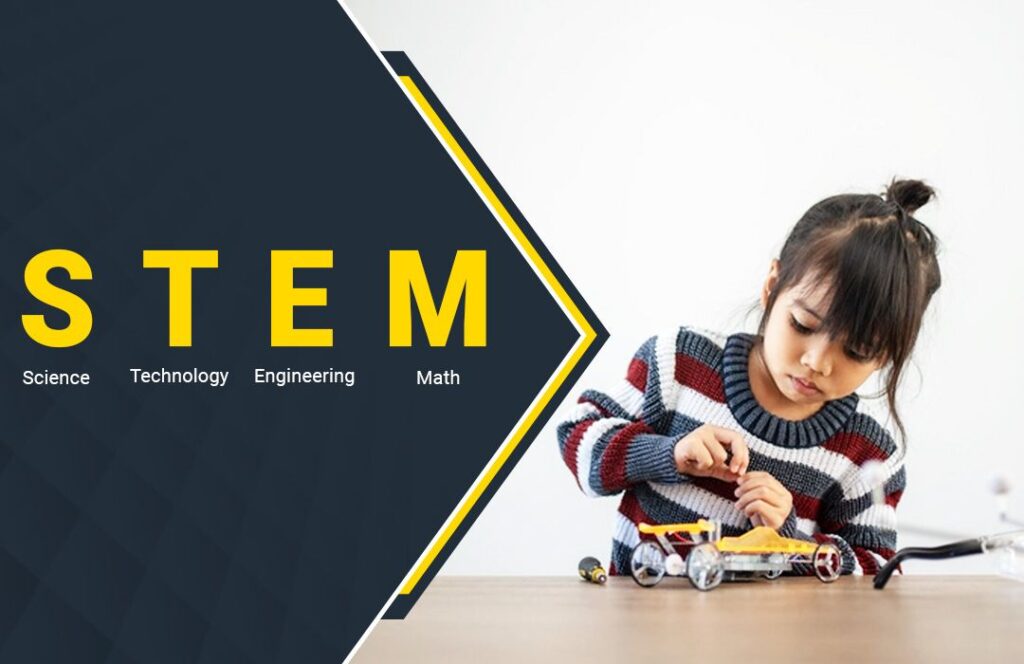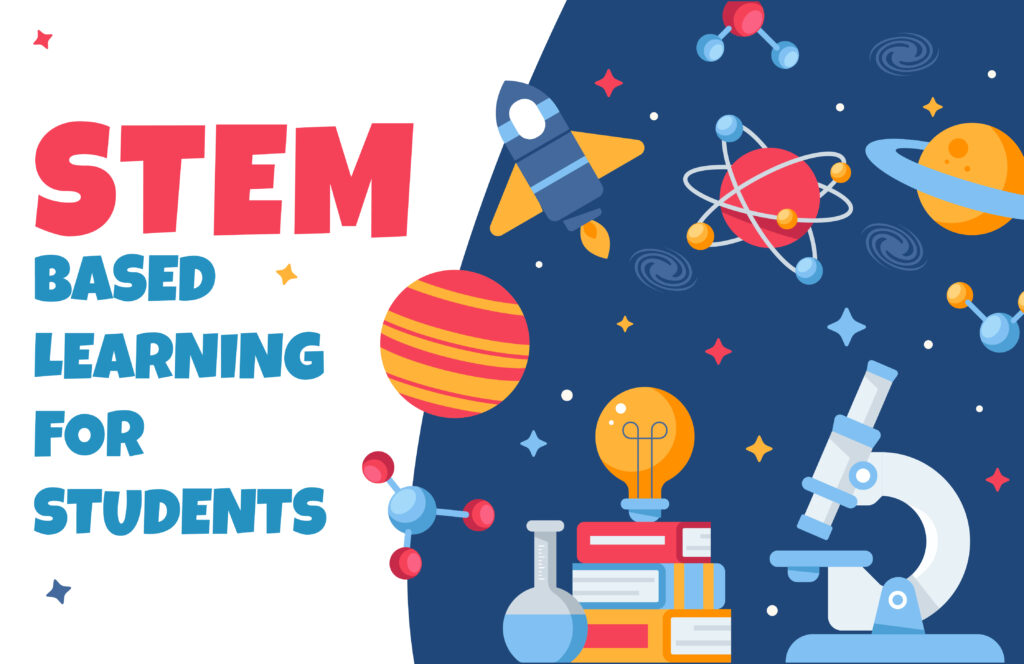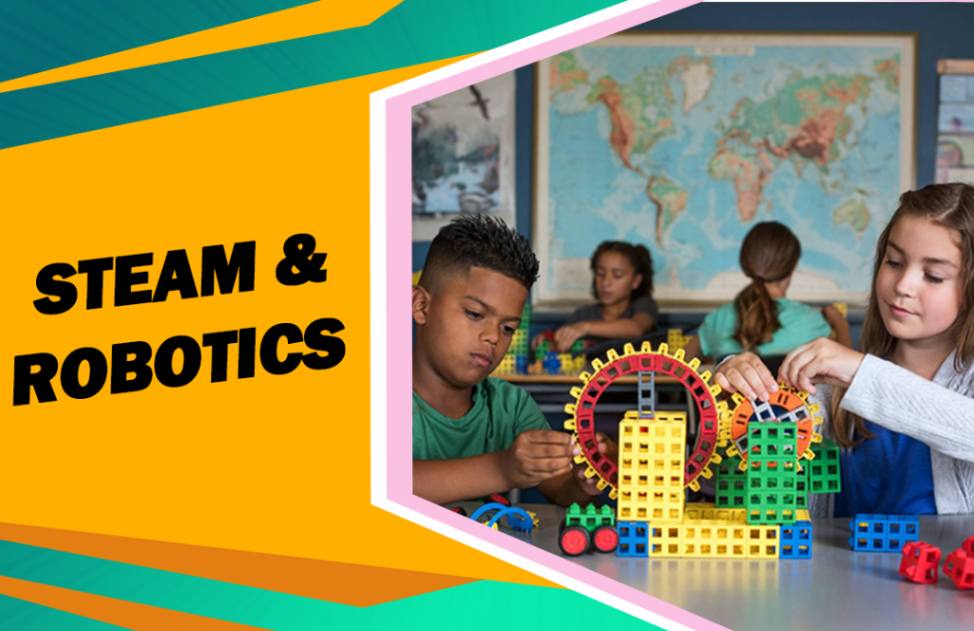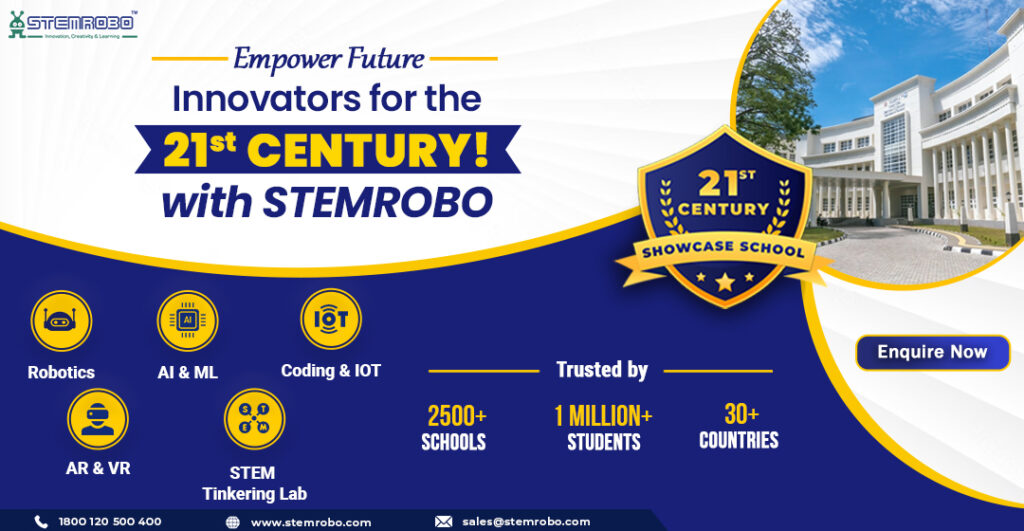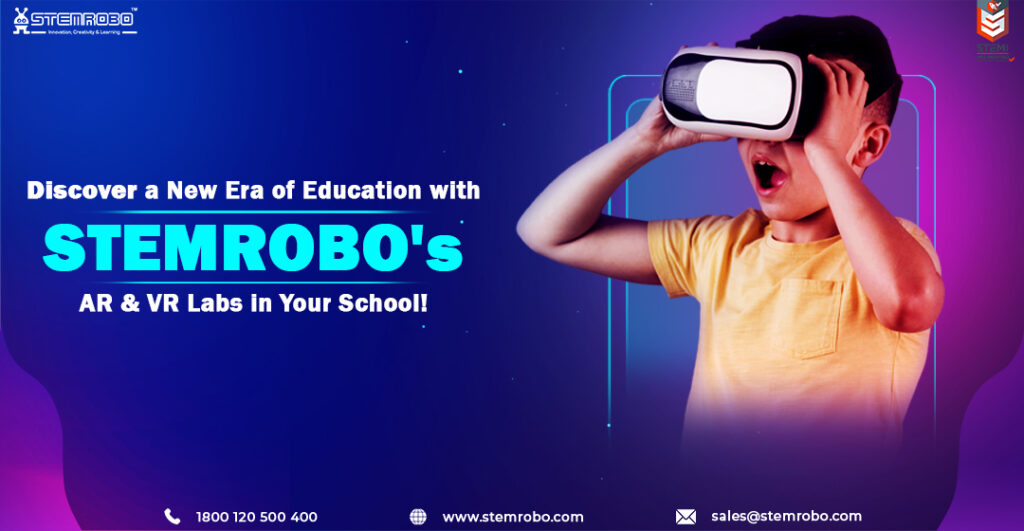Stem Kits for Schools
In recent years, there has been a growing emphasis on STEM (Science, Technology, Engineering, and Mathematics) education in schools worldwide. STEM education aims to equip students with critical skills for the 21st century, such as problem-solving, creativity, and collaboration. One of the key components of effective STEM education is the use of hands-on learning tools and Stem kits for schools. These kits provide students with practical experiences that help them grasp complex STEM concepts in a fun and engaging way. As educators and parents seek innovative ways to engage children in these subjects, STEM kits for schools have emerged as a powerful tool for hands-on learning. The Benefits of STEM Kits for Children: Engaging and Interactive Learning: STEM kits for schools are designed to be hands-on and engaging, allowing children to actively participate in their learning. This interactive approach helps them develop a deeper understanding of STEM concepts. Fostering Creativity and Innovation: By experimenting with different components and designs, children can unleash their creativity and innovative thinking. STEM kits encourage them to think outside the box and come up with unique solutions to problems. Developing Critical Thinking Skills: STEM kits for school challenge children to think critically and solve problems. They learn to analyze information, make connections, and draw conclusions, which are essential skills for success in school and beyond. Building Confidence: Successfully completing STEM projects using kits can boost children’s confidence in their abilities. This sense of achievement motivates them to tackle more complex challenges and pursue further learning in STEM fields. Encouraging Collaboration: Many STEM kits are designed for group activities, promoting collaboration and teamwork among children. Working together on projects helps them develop communication and interpersonal skills. Another important aspect of STEM kits is their ability to cater to children of different ages, interests, and learning styles. Whether a child is interested in robotics, electronics, coding, or engineering, there is a STEM kit available that can cater to their specific interests and needs. This versatility ensures that every child can find a STEM kit that resonates with them, making learning more personalized and effective. As we look towards the future, STEM education will play a crucial role in shaping the world. By equipping children with the skills and knowledge they need to succeed in STEM fields, we can ensure that they are prepared to tackle the challenges of tomorrow and make a positive impact on the world around them. The future of STEM education lies in the hands of today’s children, and STEM kits for schools are helping to pave the way for a brighter tomorrow. By providing children with the tools they need to explore, create, and innovate, STEM kits are empowering young minds and inspiring the next generation of STEM leaders. STEM kits for schools are not just about learning science, technology, engineering, and mathematics; they are about fostering 21st-Century skills and a curiosity about the world. They are about teaching children to think critically, solve problems creatively, and work collaboratively. They are about preparing children for the challenges and opportunities of the future. STEM kits are a valuable resource for schools and educators looking to engage children in STEM learning. They provide a hands-on, interactive way for children to explore and experiment with STEM concepts, helping them develop essential skills and a deeper understanding of the subjects. By incorporating STEM kits into the curriculum, schools can inspire a passion for STEM in children and prepare them for success in the 21st century and beyond. As we look towards the future, STEM education will play a crucial role in shaping the world. By equipping children with the skills and knowledge they need to succeed in STEM fields, we can ensure that they are prepared to tackle the challenges of tomorrow and make a positive impact on the world around them. Offering a variety of STEM kits and STEM labs to improve students’ learning opportunities in the classroom, STEMROBO is a top supplier of STEM education solutions. Students may investigate important STEM ideas in a hands-on manner with the help of STEMROBO’s carefully designed STEM kits, which are interactive, entertaining, and informative. These kits are appropriate for students of all ages and ability levels and cover a wide range of topics, such as robotics, electronics, coding, and engineering. One of the main ways STEMROBO supports schools is by giving them access to excellent STEM kits that meet curricular requirements. These kits are intended to support in-class learning and provide students with more chances to learn about STEM subjects outside of the conventional classroom. Schools may improve their STEM curriculum and assist students in gaining a deeper comprehension of STEM subjects by utilizing STEMROBO’s kits. Apart from offering STEM kits, STEMROBO also assists educational institutions in establishing STEM labs, which are specialized areas furnished with materials and apparatus required to promote interactive STEM teaching and learning. These labs are intended to give students a place where they may work on projects, participate in experiential learning activities, and cooperate with other students. Schools may provide a dynamic learning environment that promotes inquiry, creativity, and innovation by putting up STEM labs. STEMROBO is essential to the improvement of STEM education programs in schools. STEMROBO helps schools build up STEM labs and provides high-quality STEM kits, enabling kids to acquire critical thinking, problem-solving, and teamwork abilities. STEMROBO is going to be a major player in determining how STEM education is taught to students worldwide in the future, especially if schools keep emphasizing STEM education.
Stem Kits for Schools Read More »

